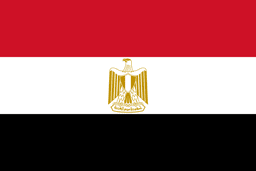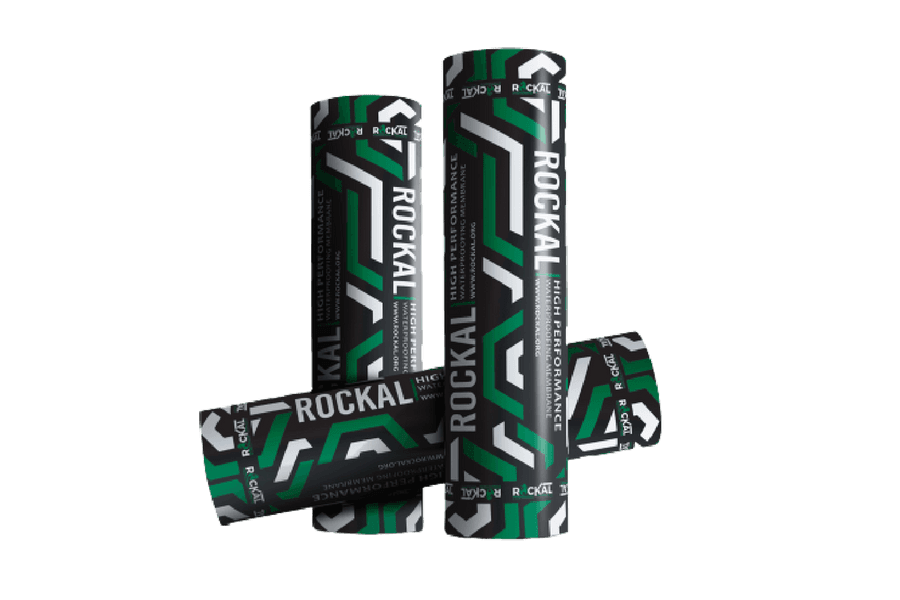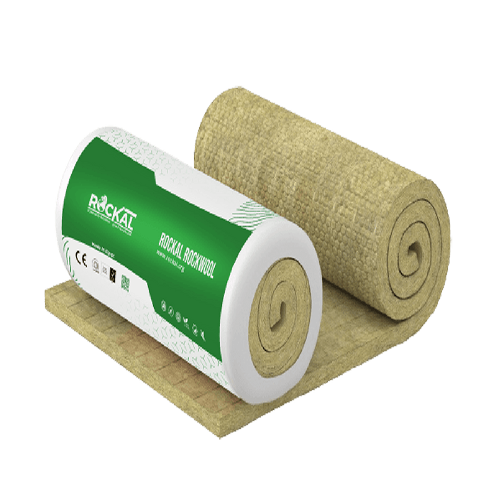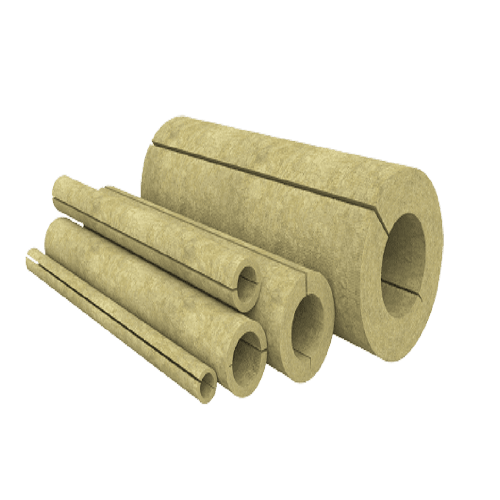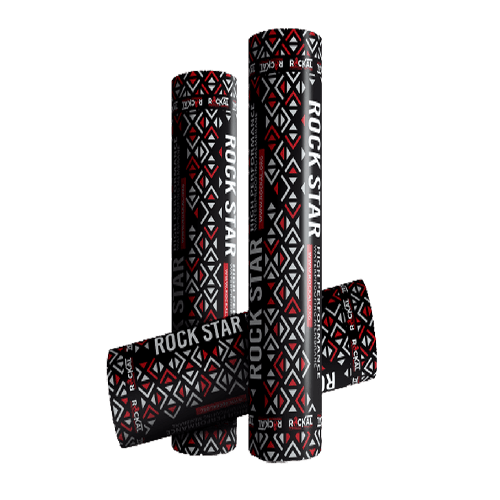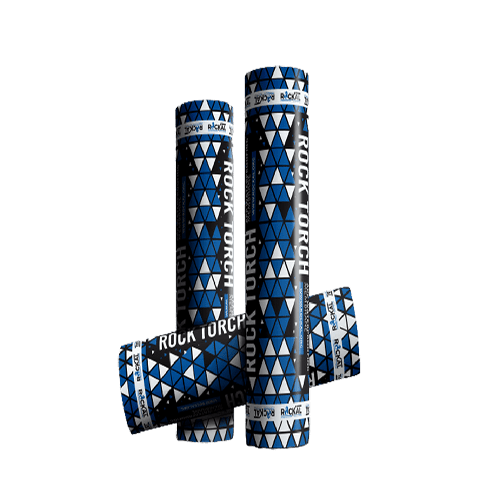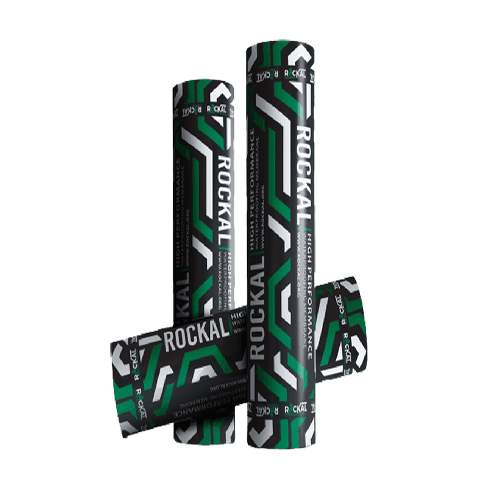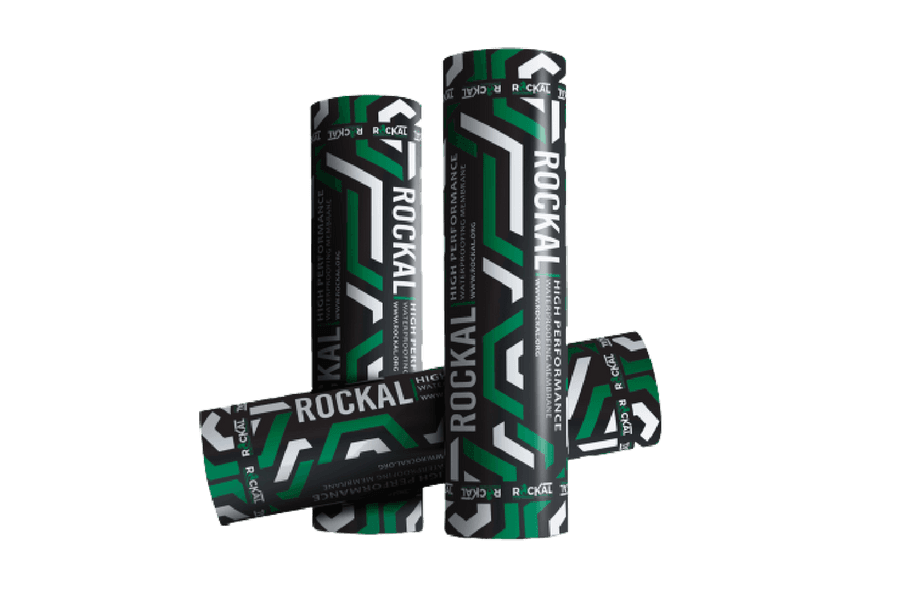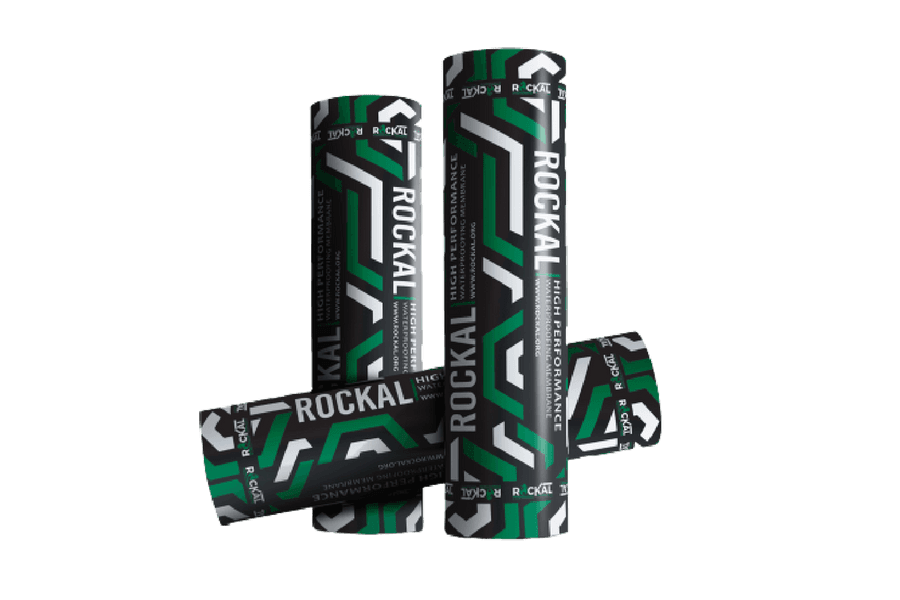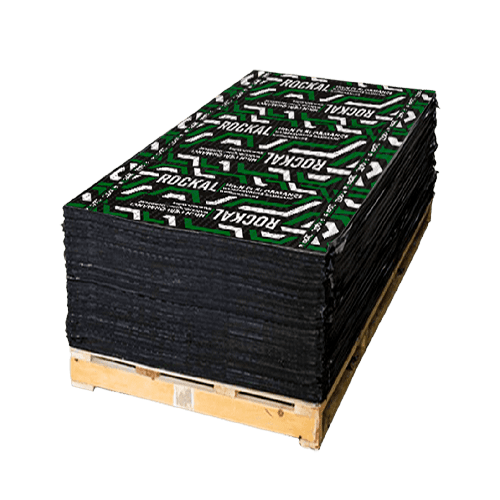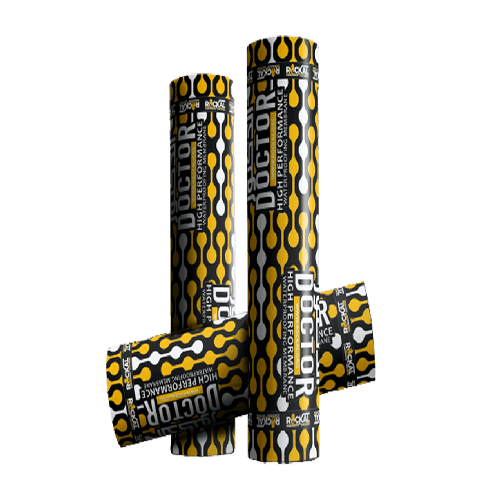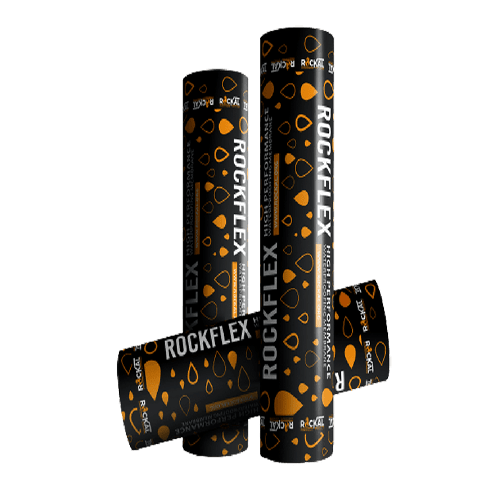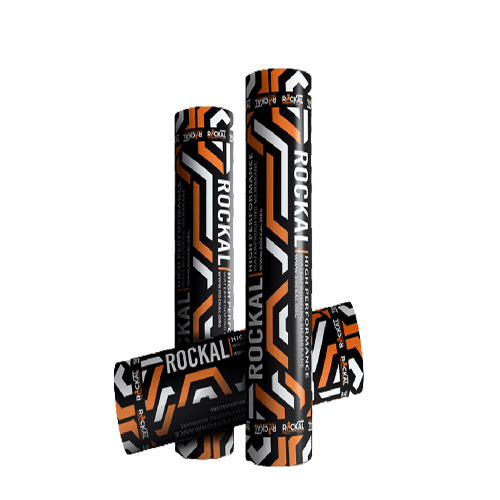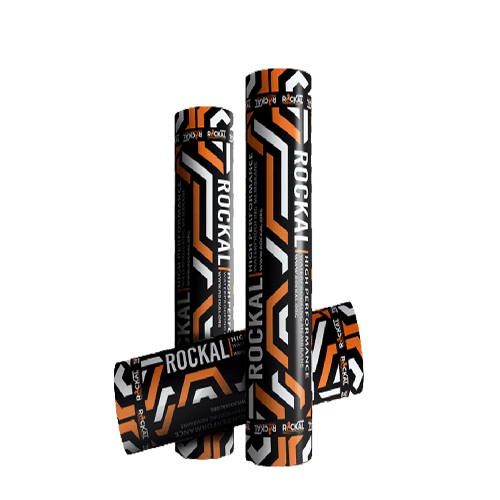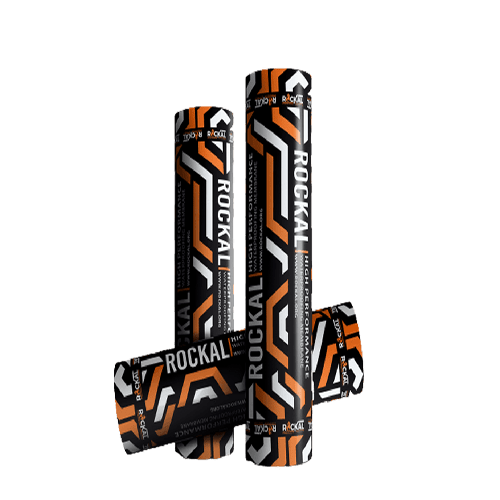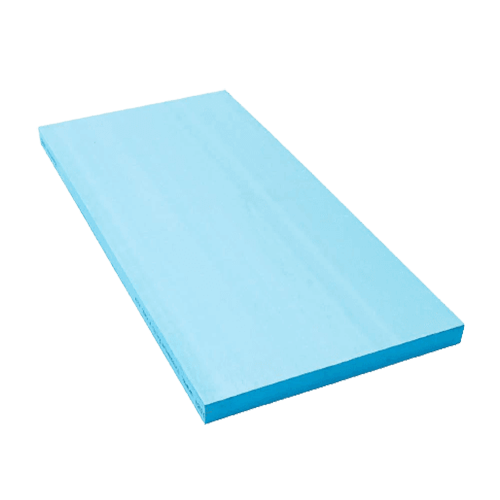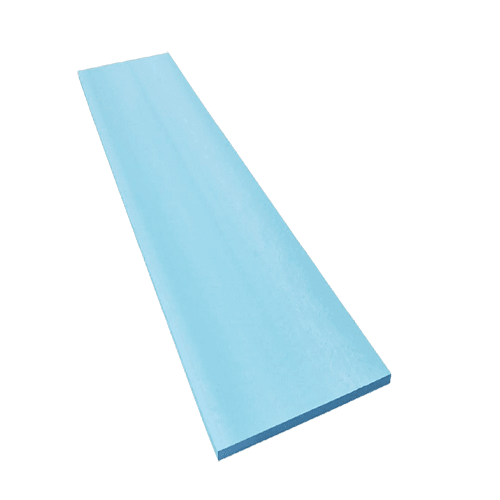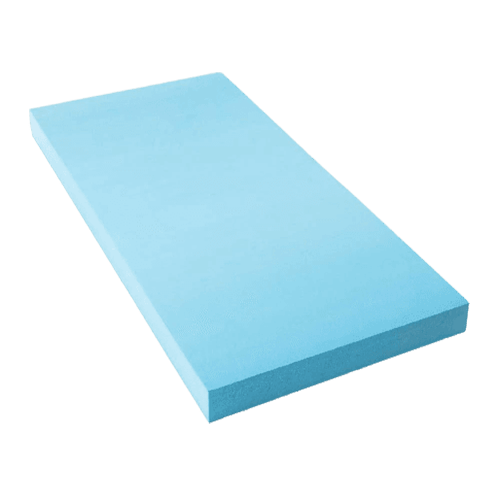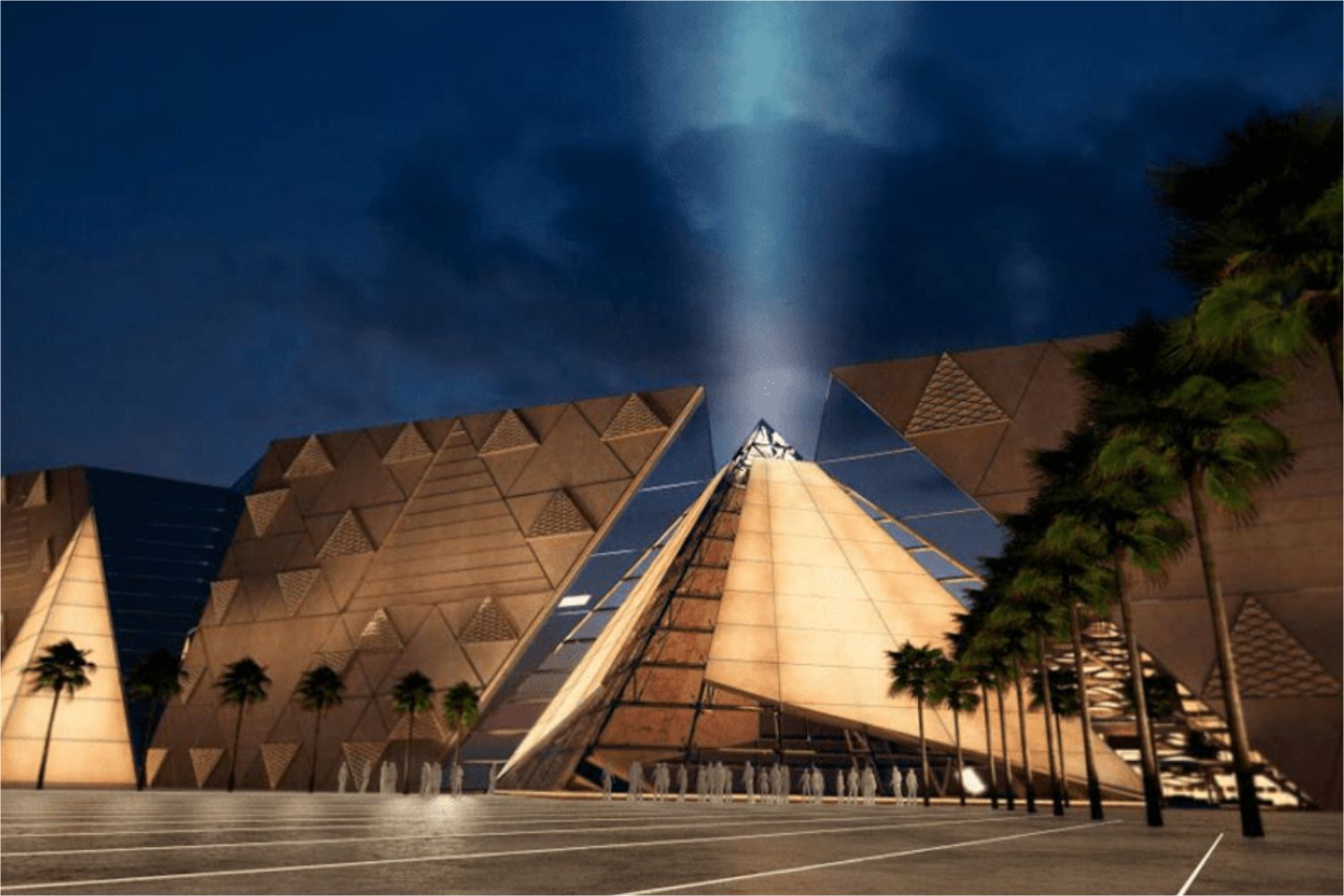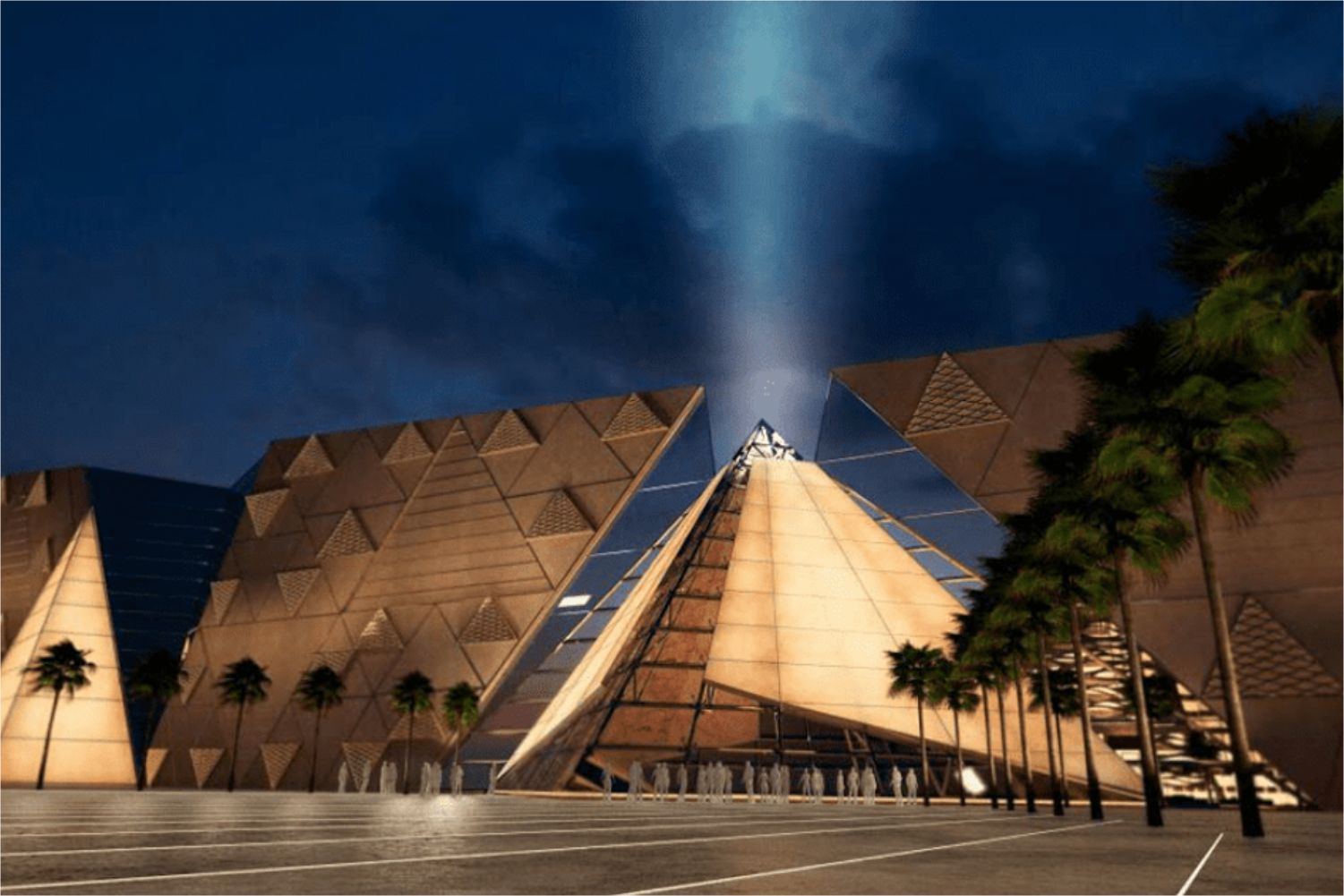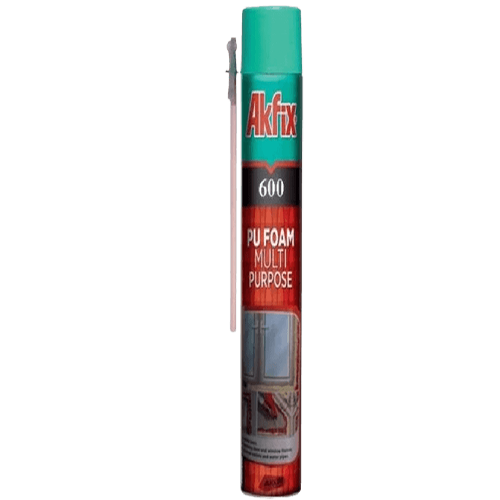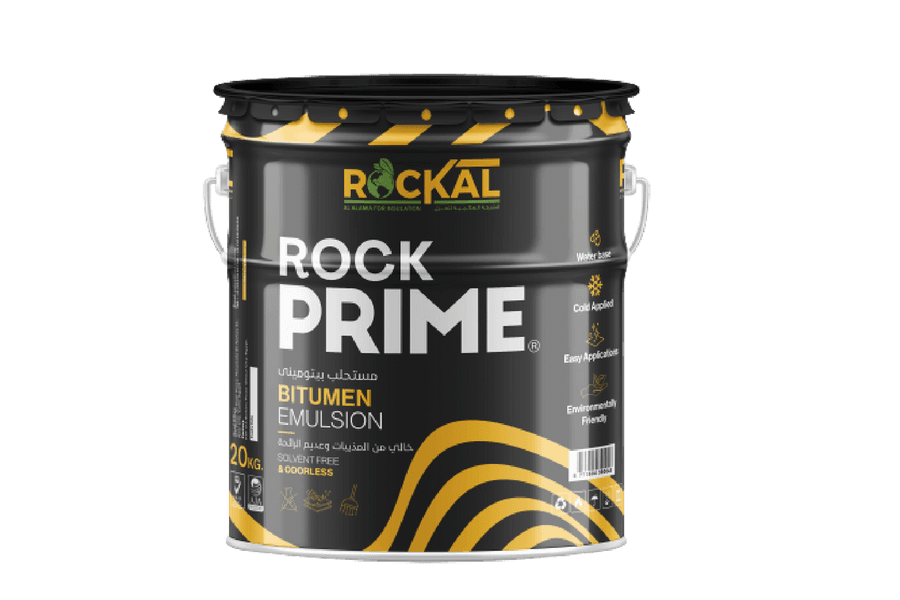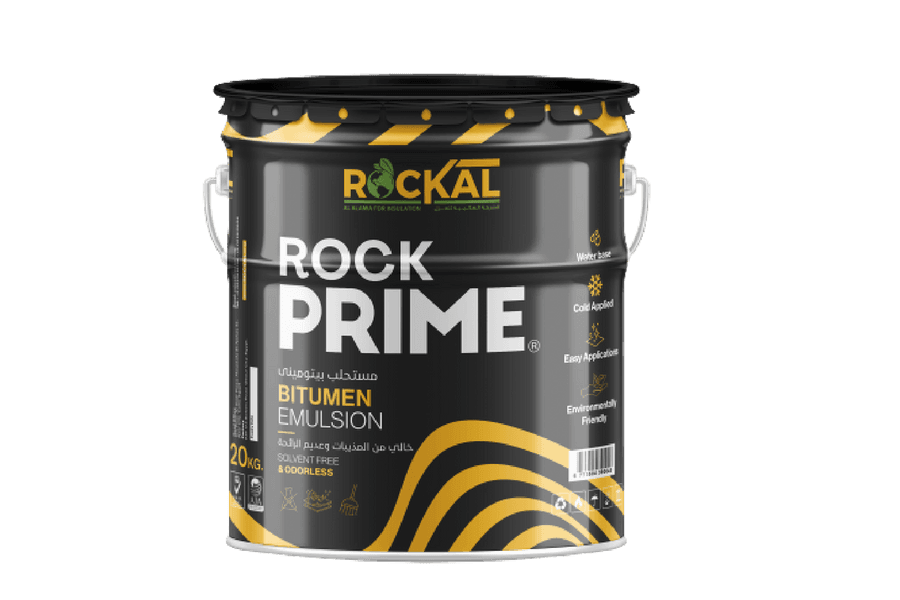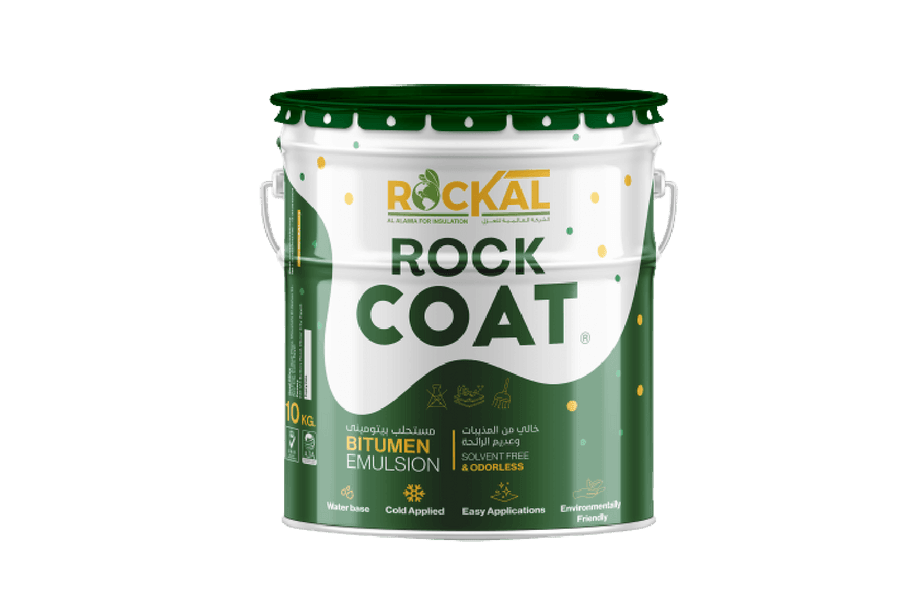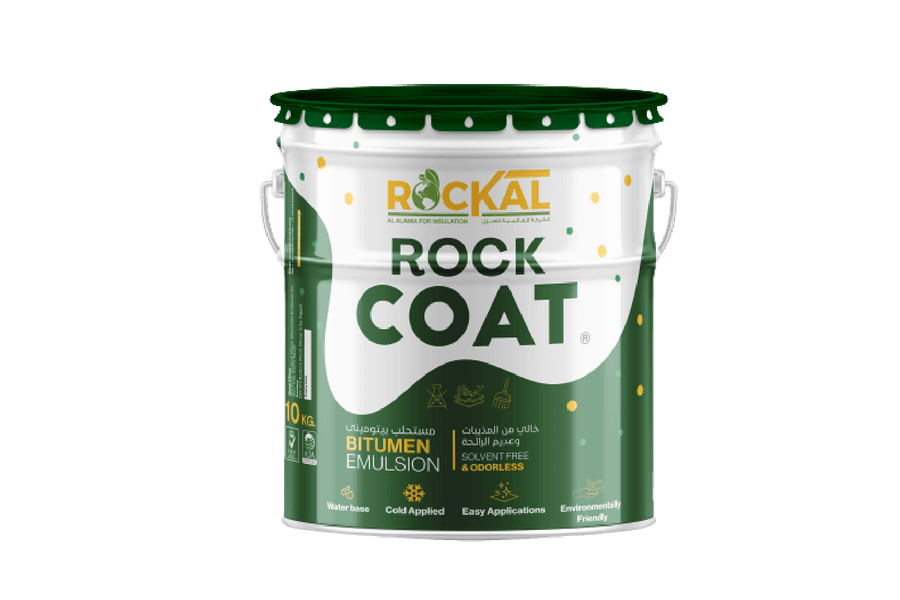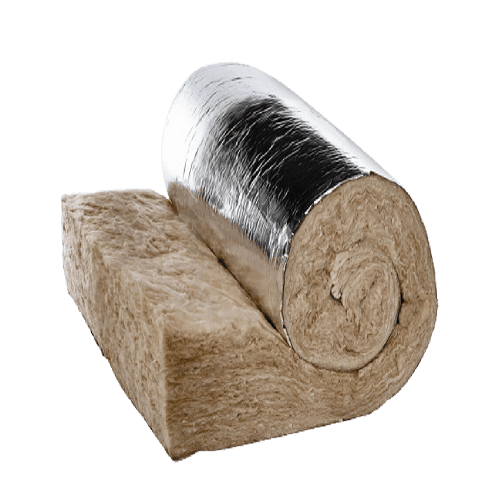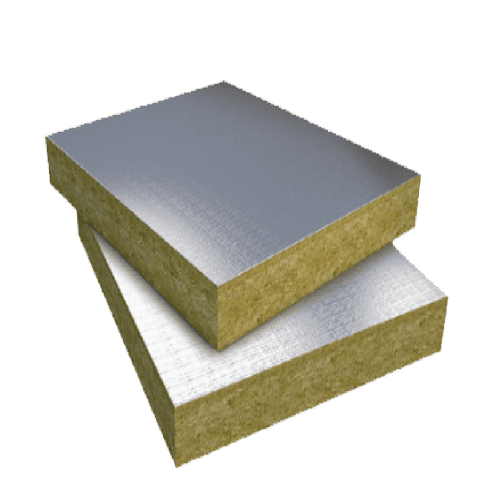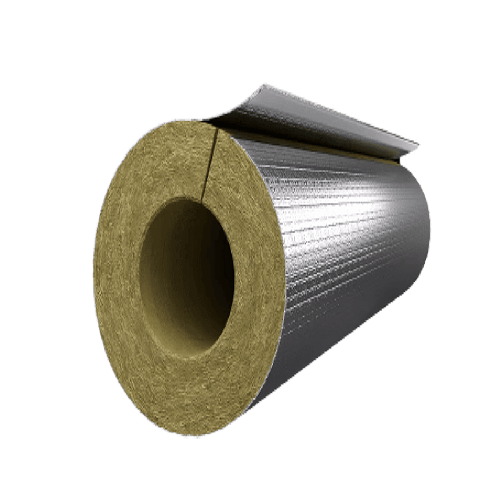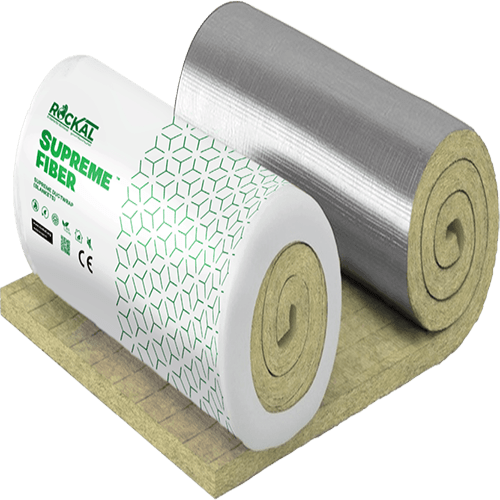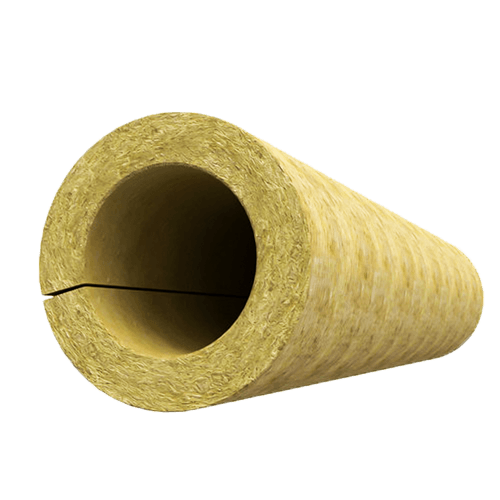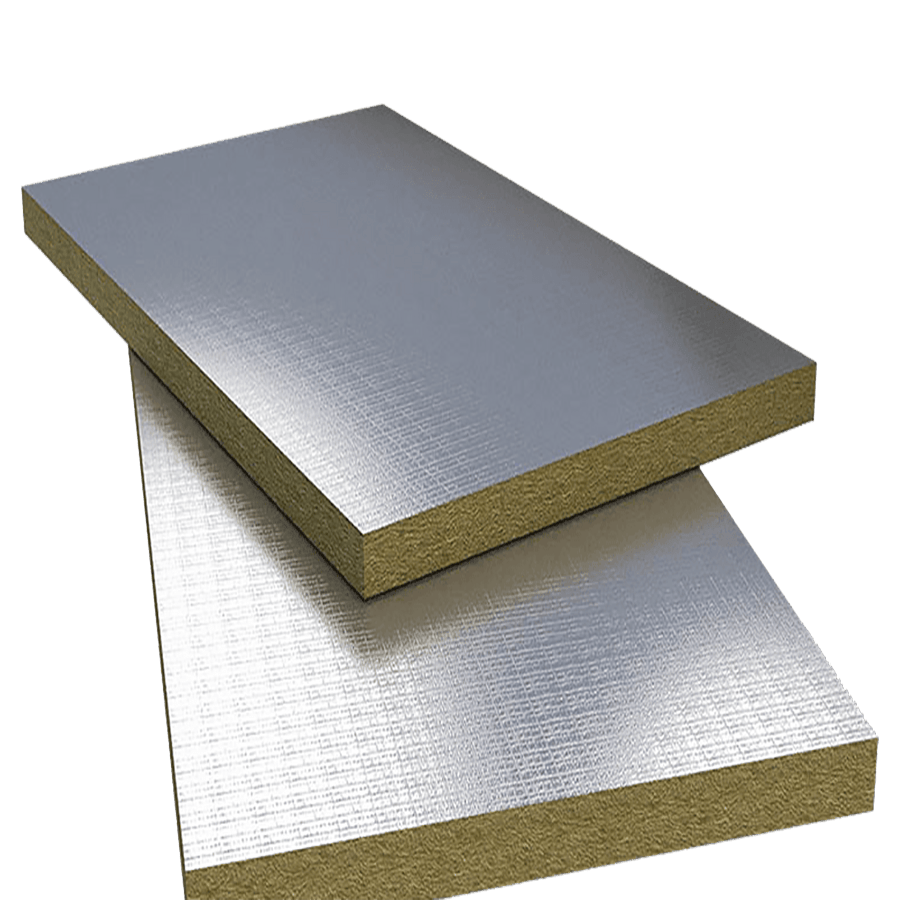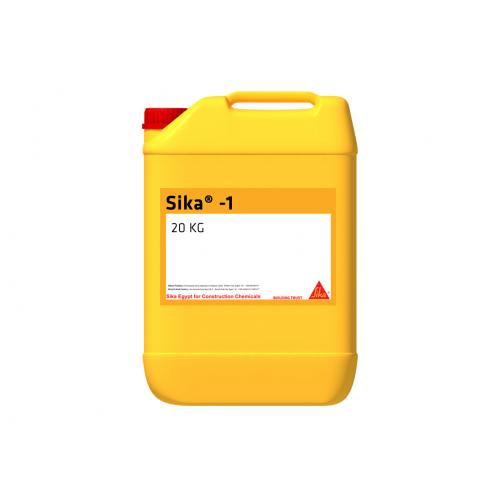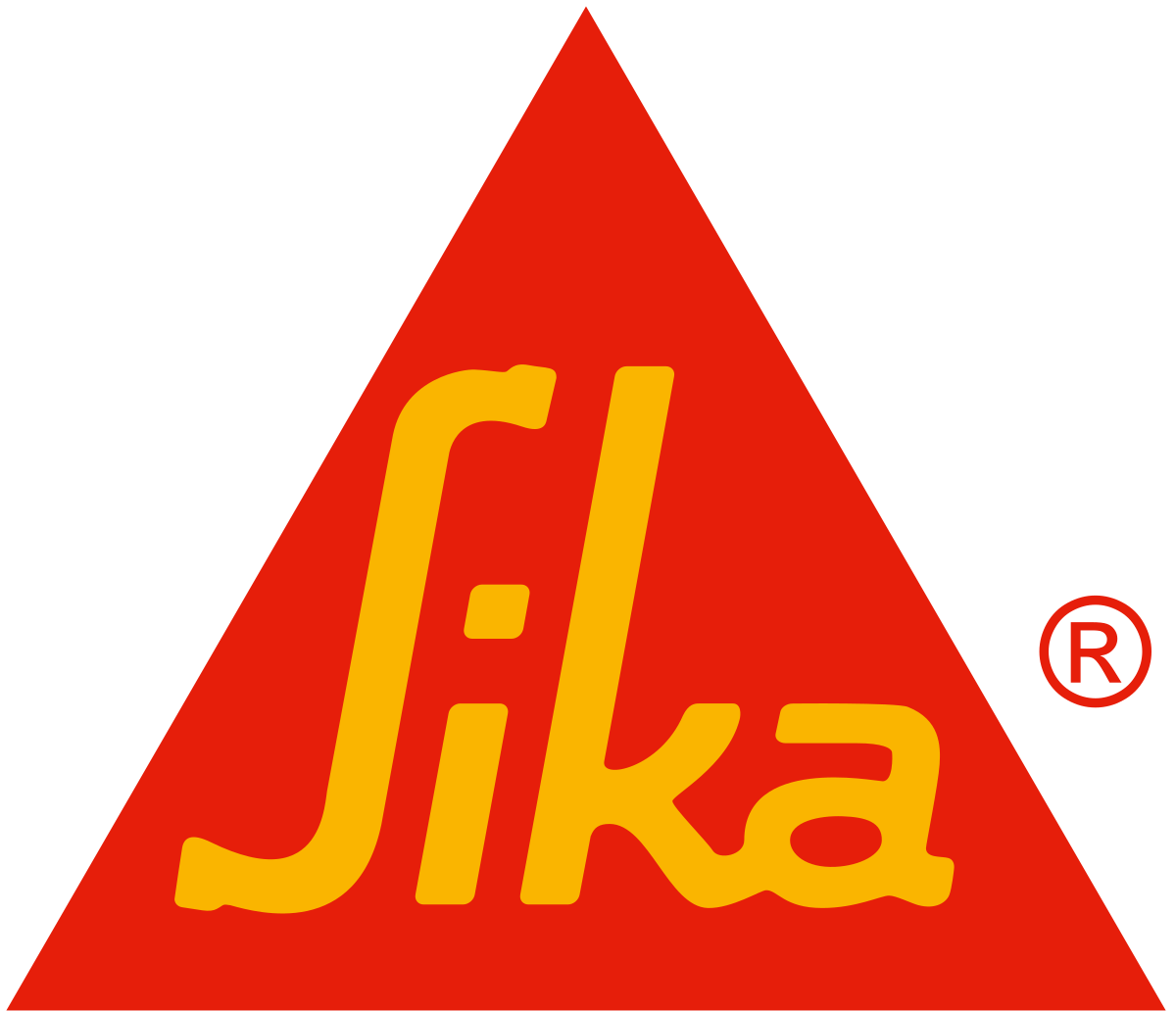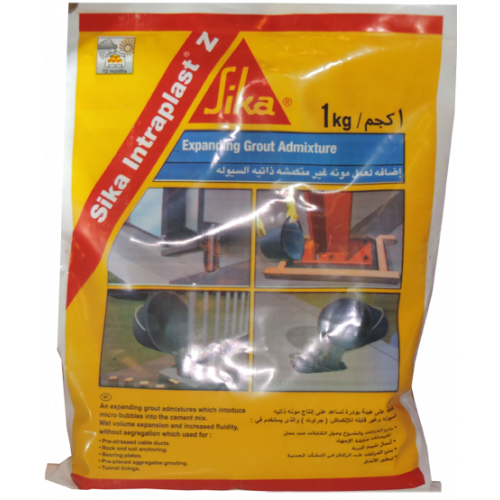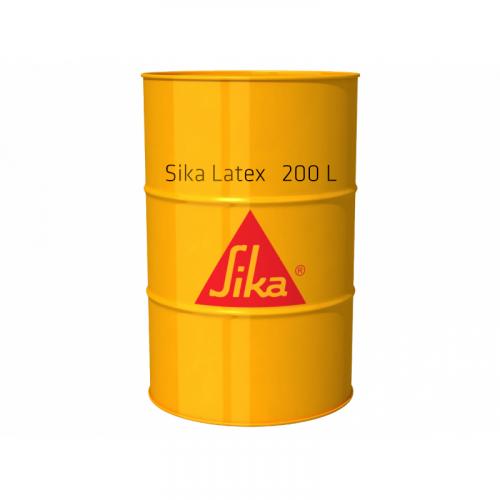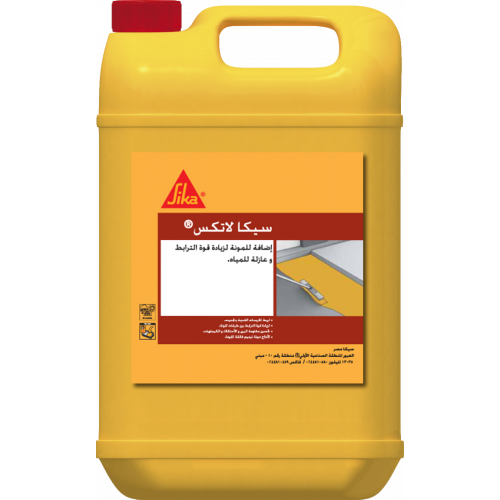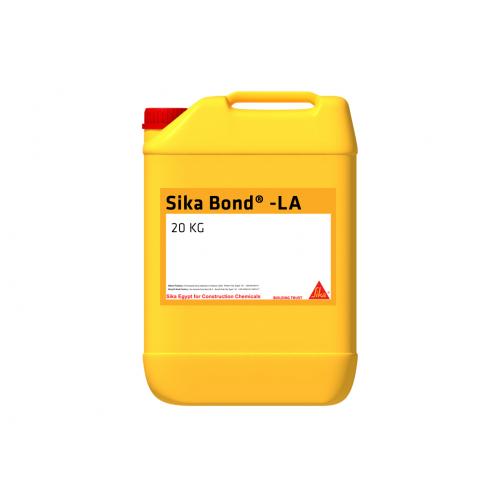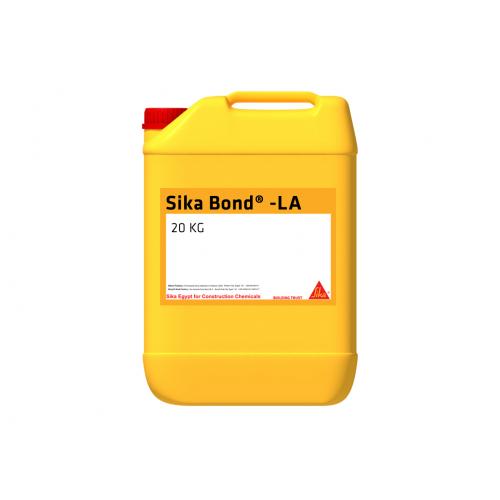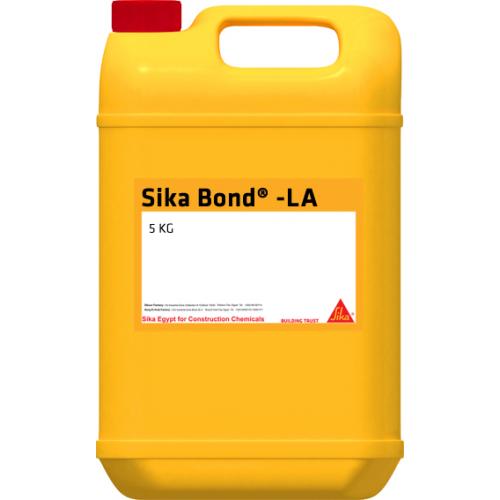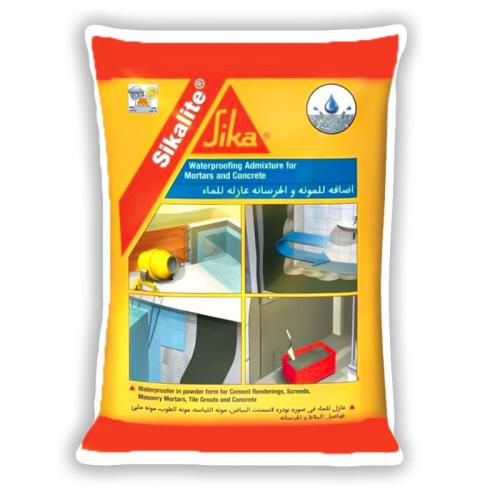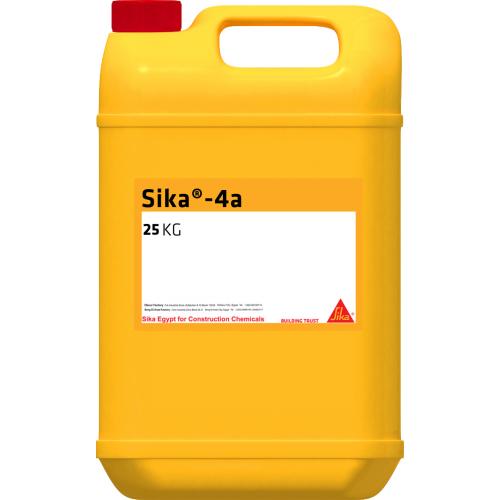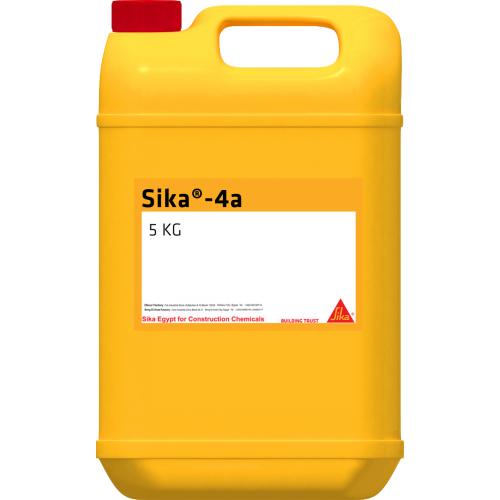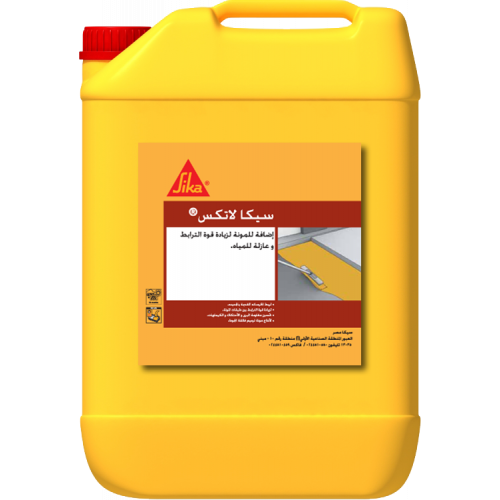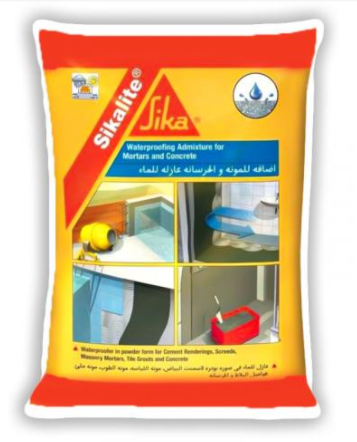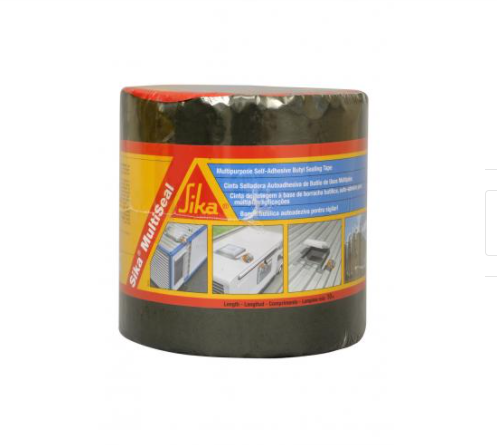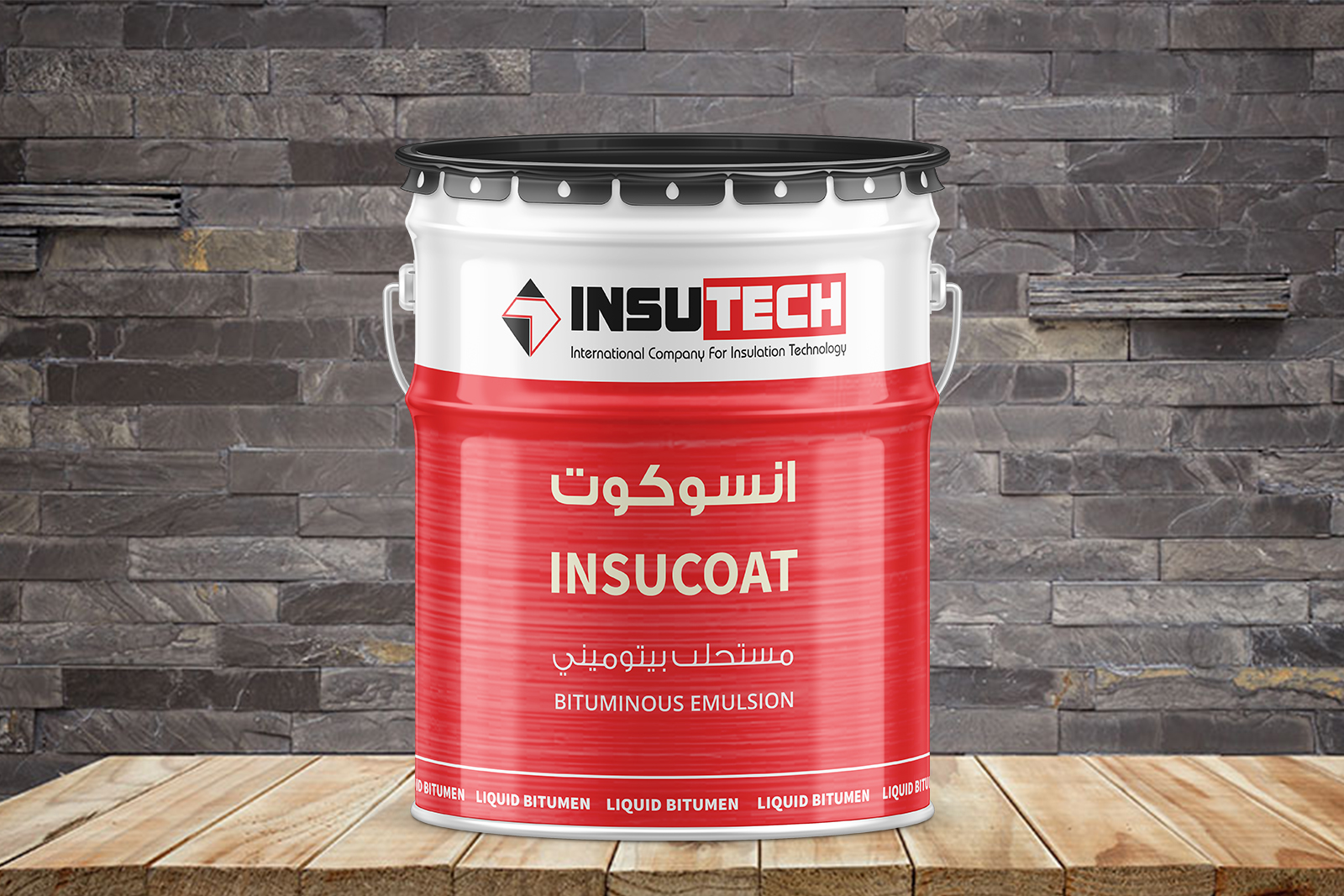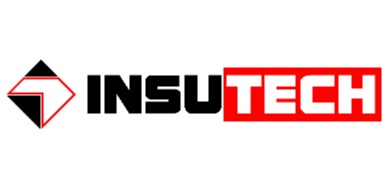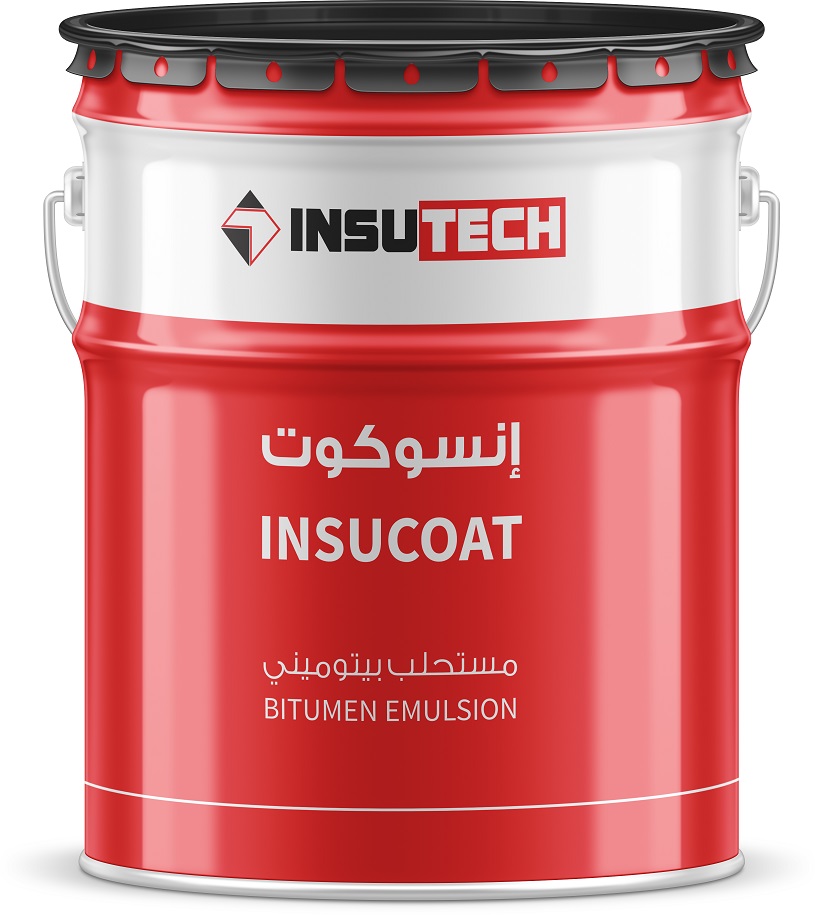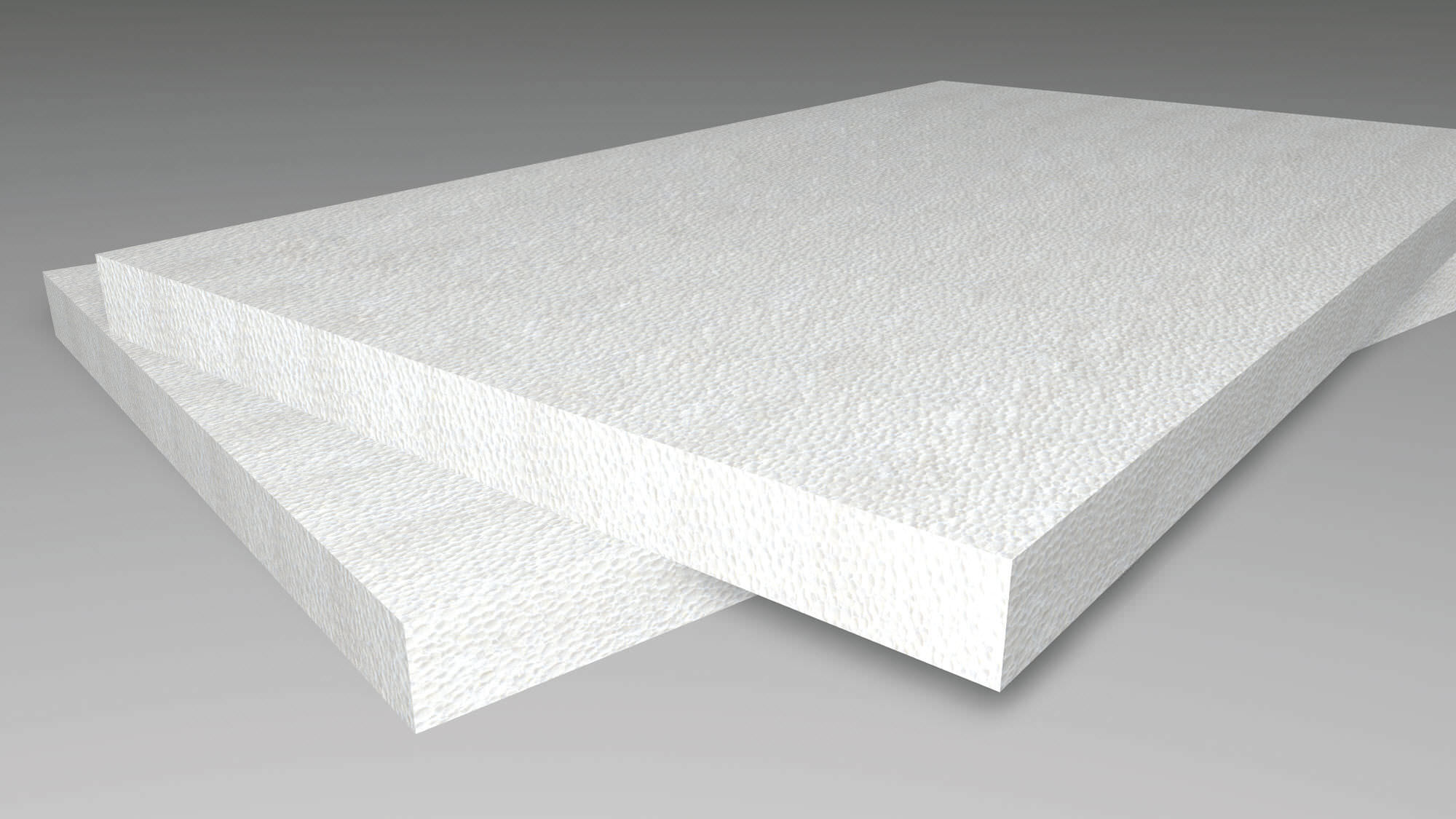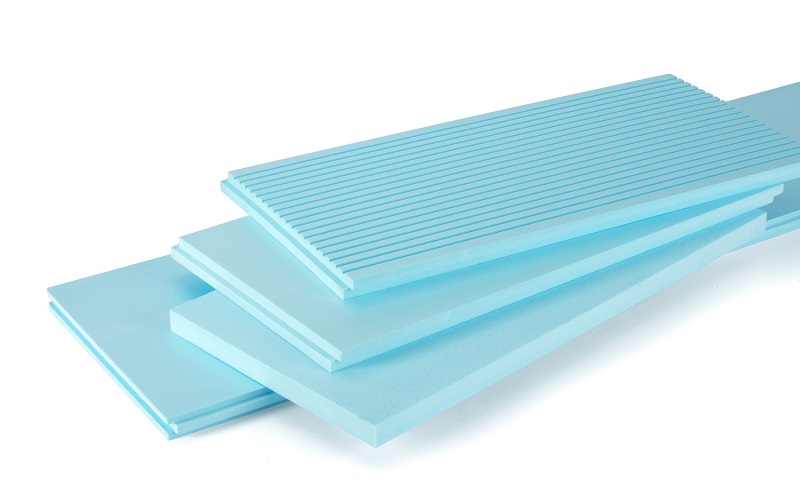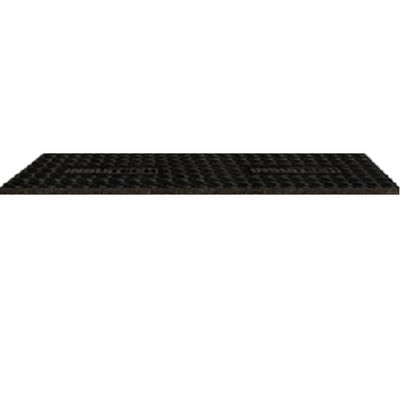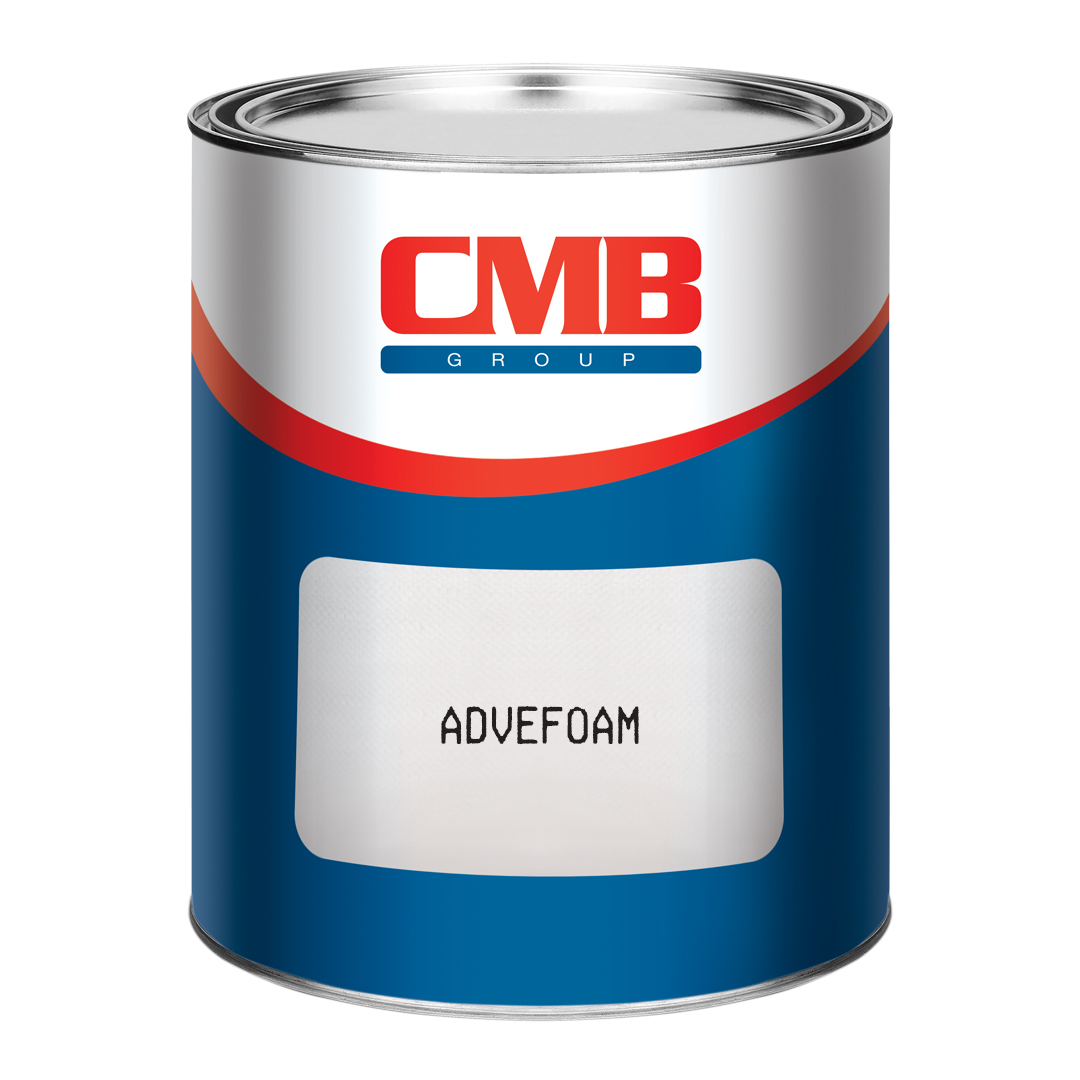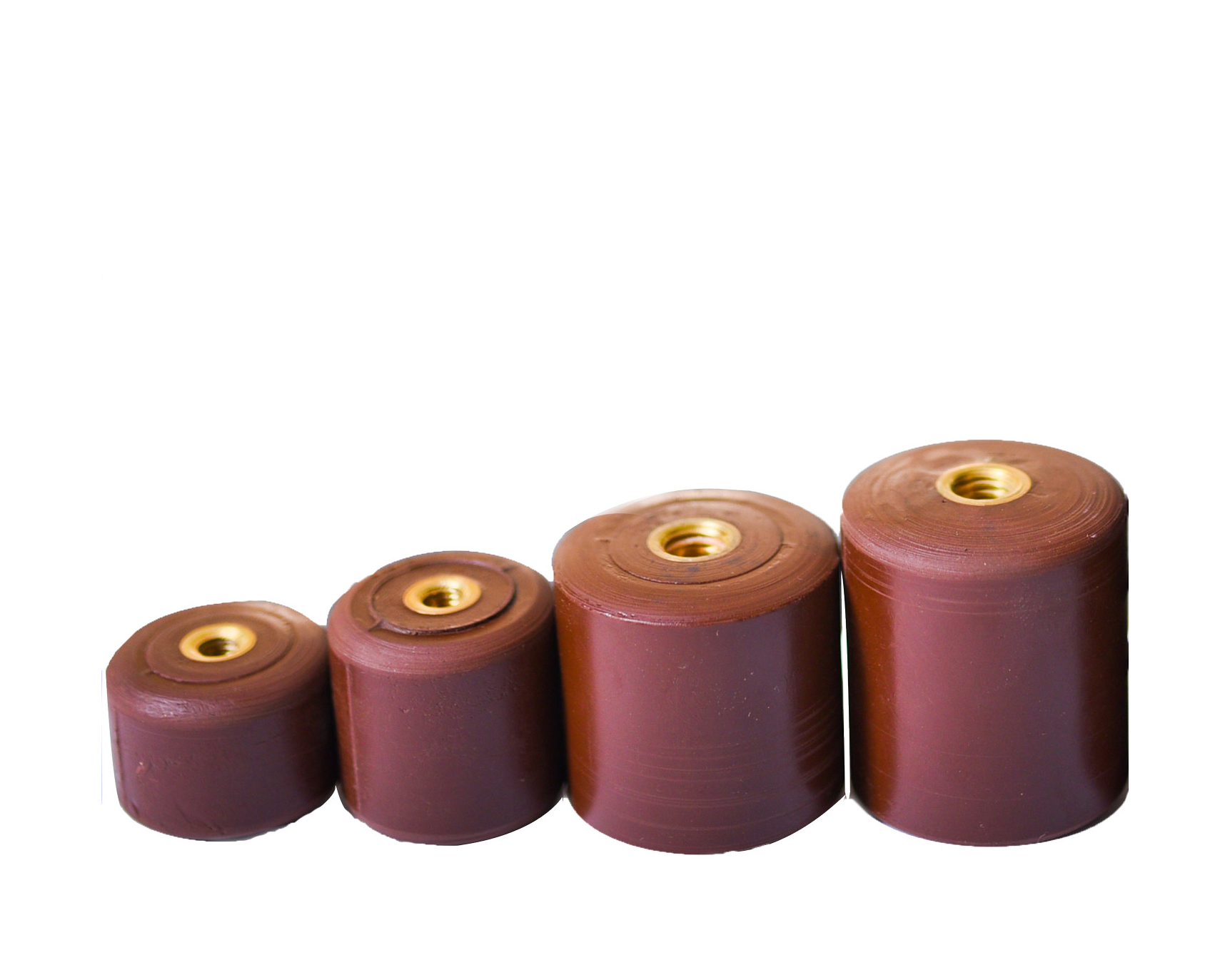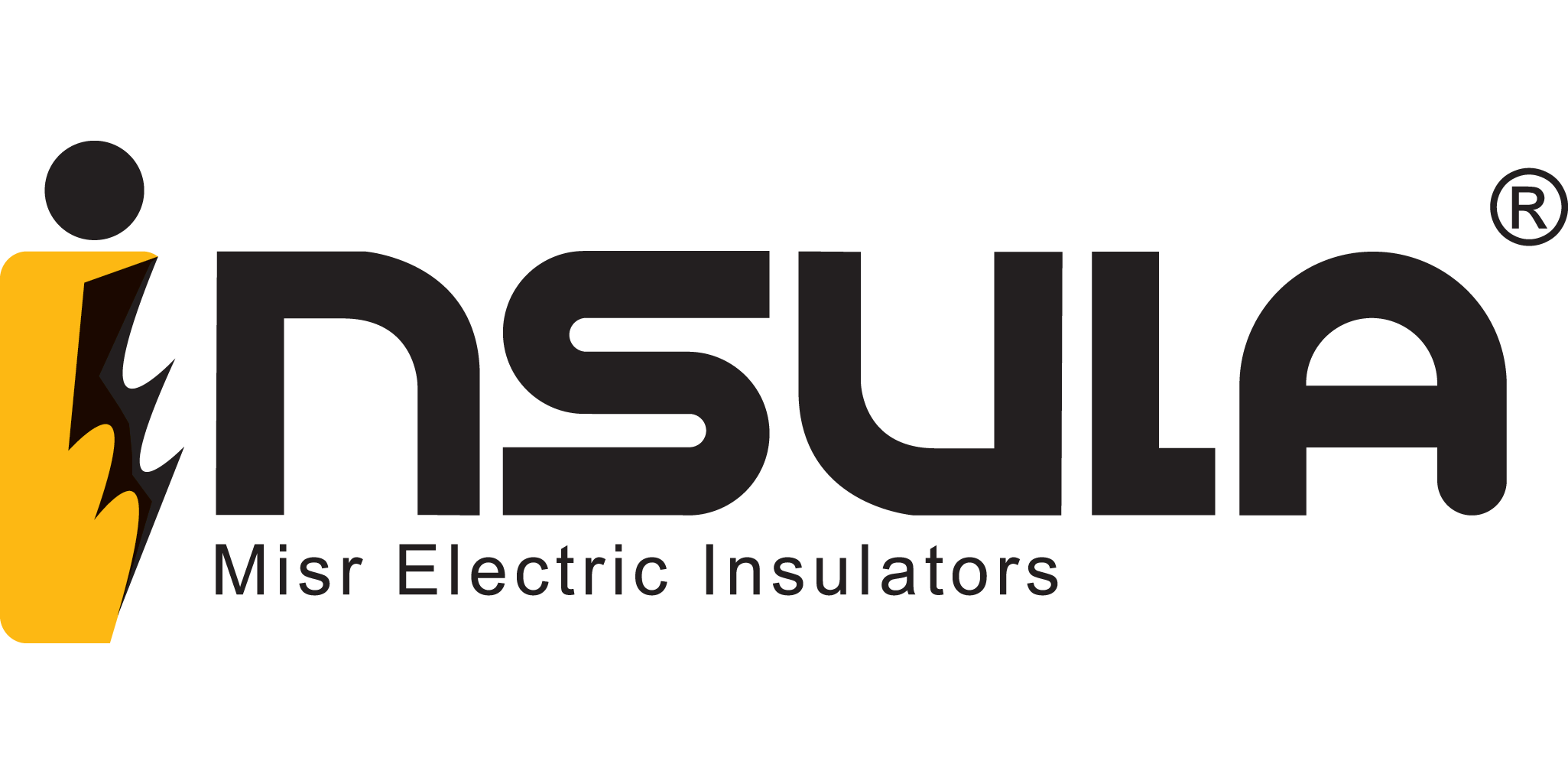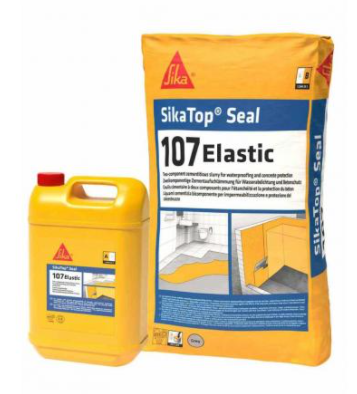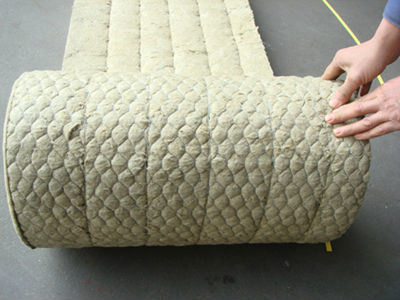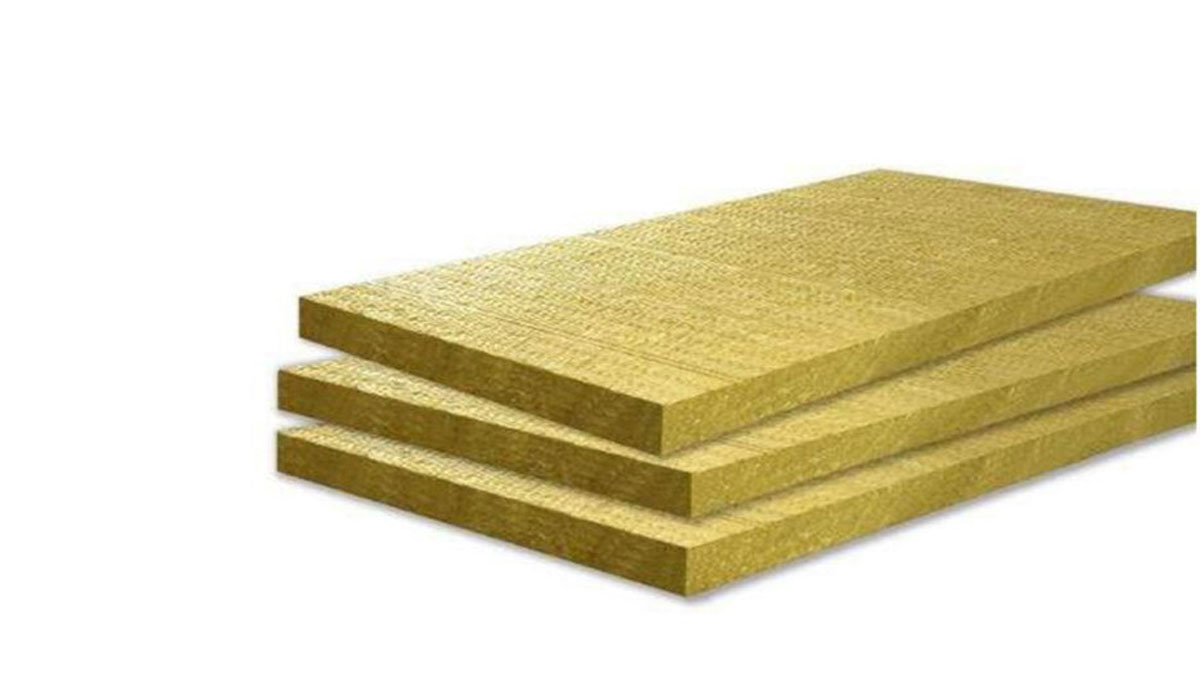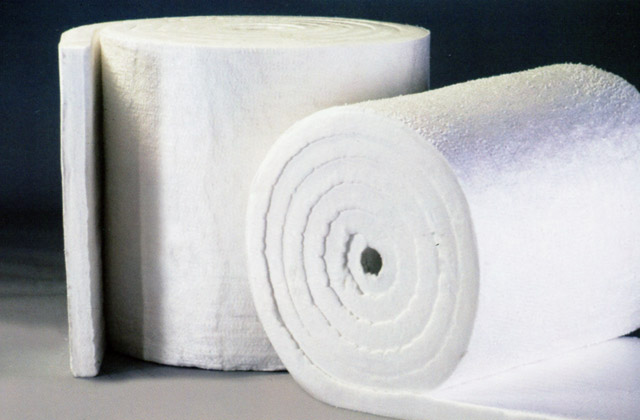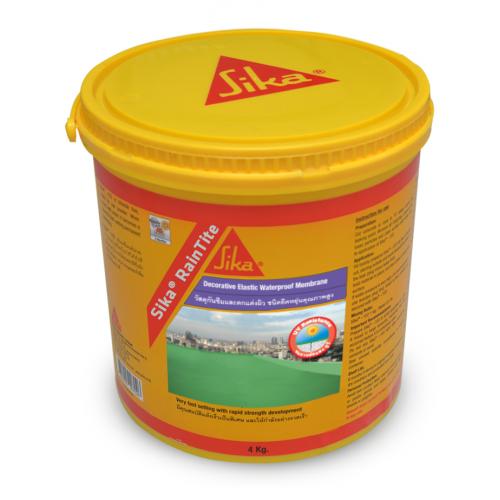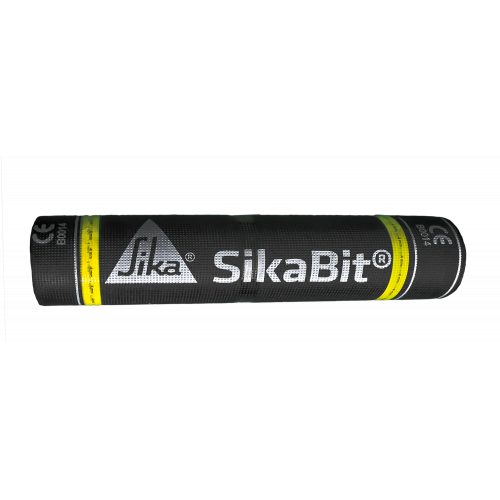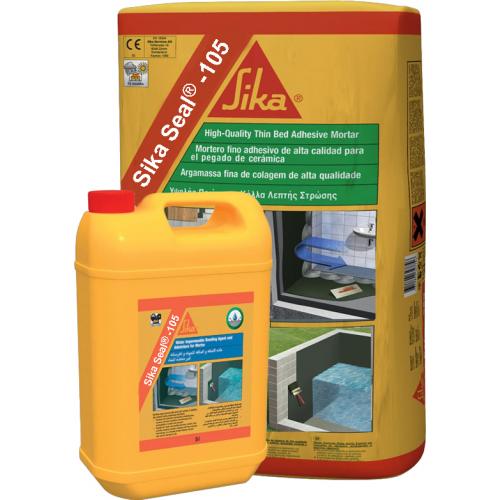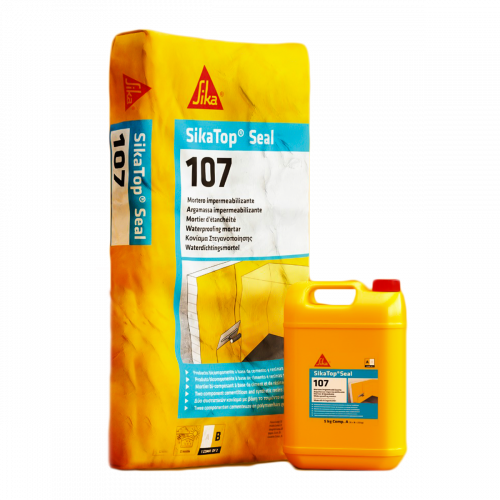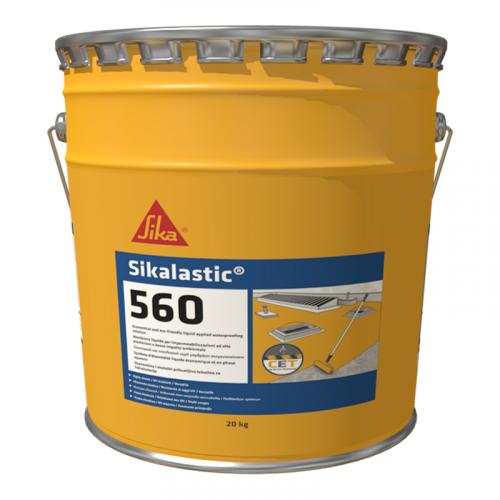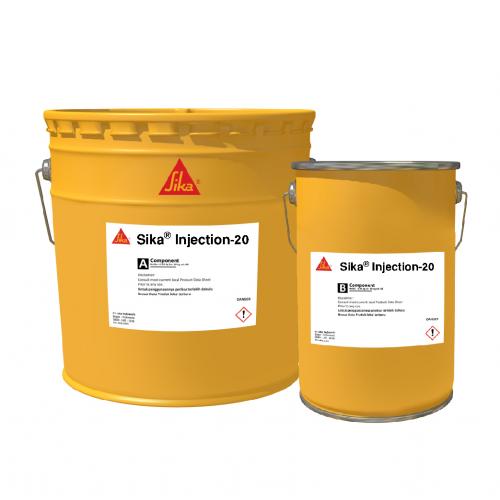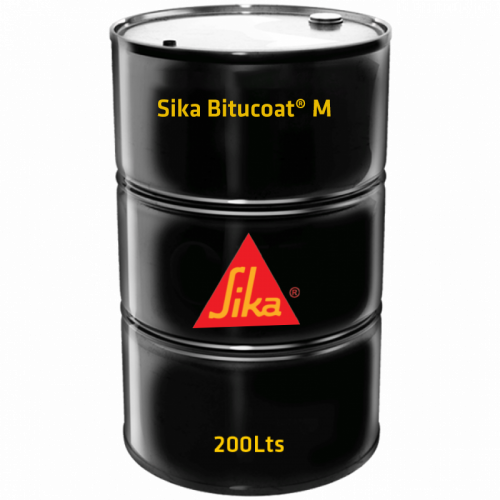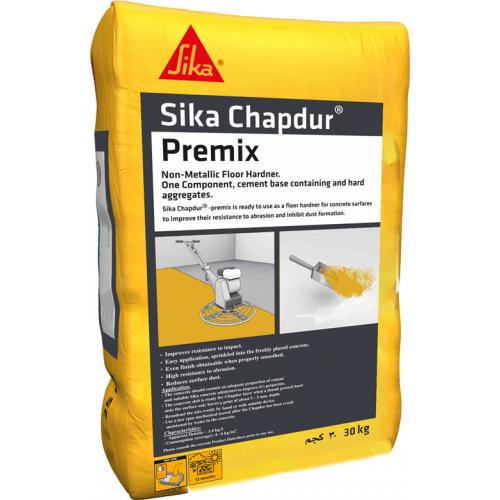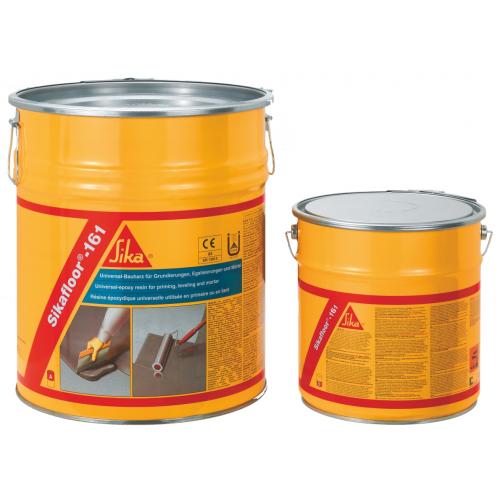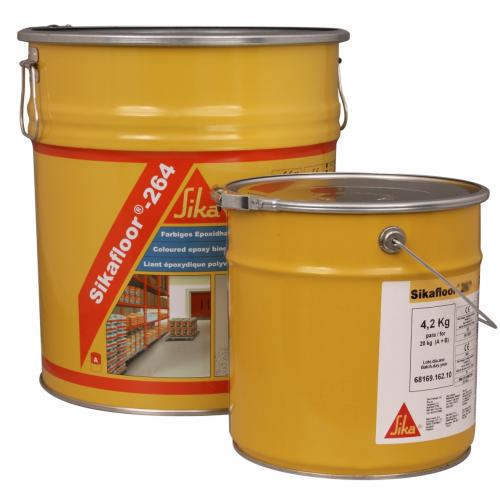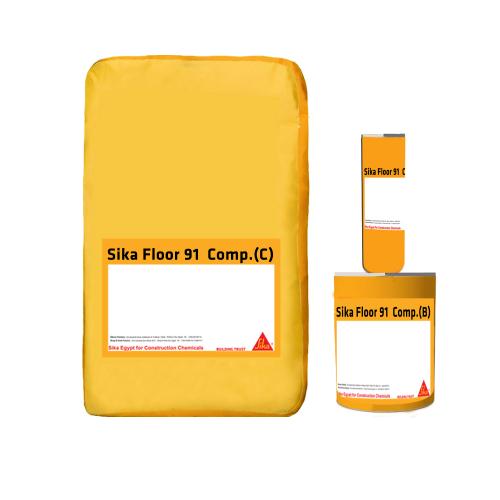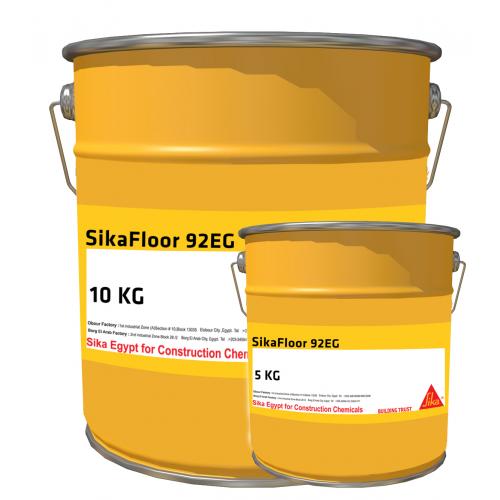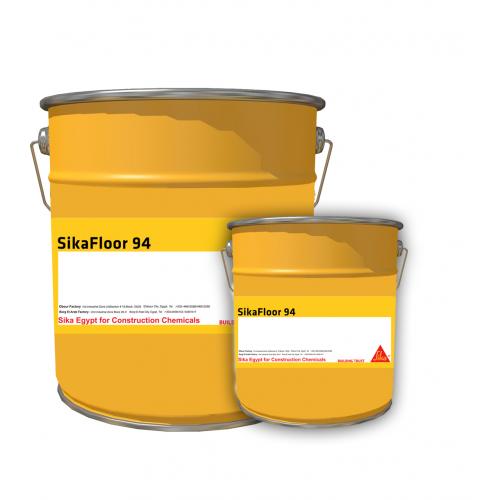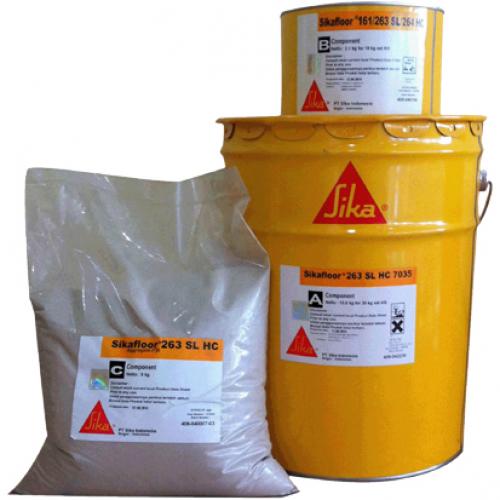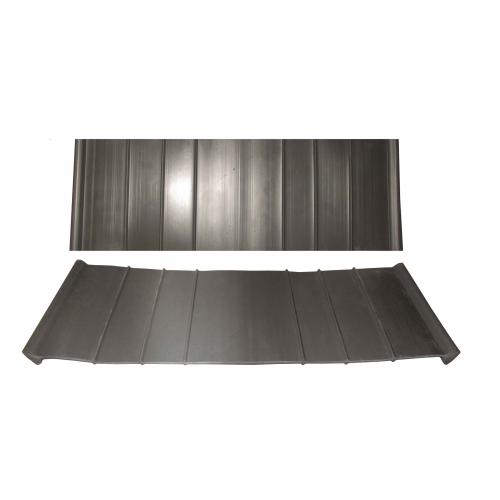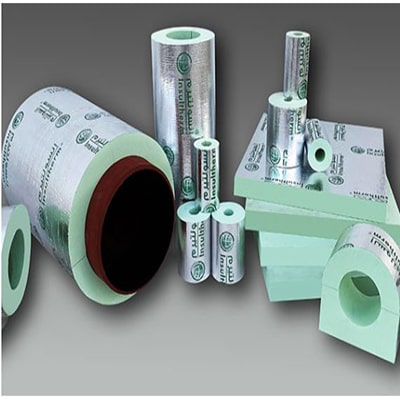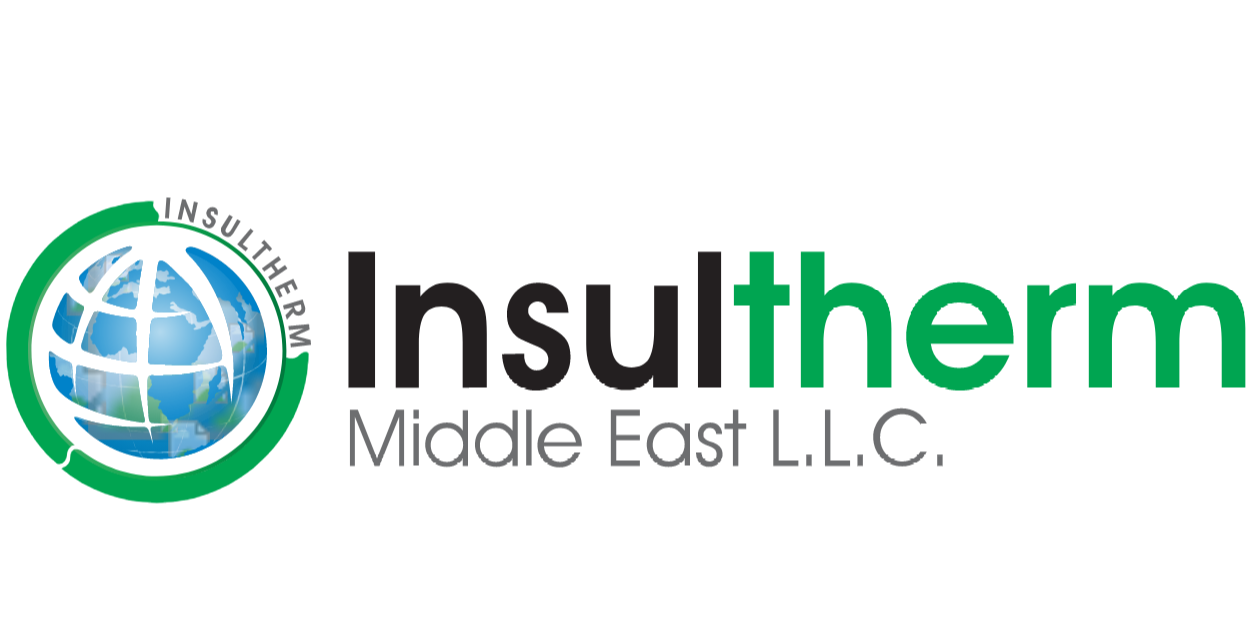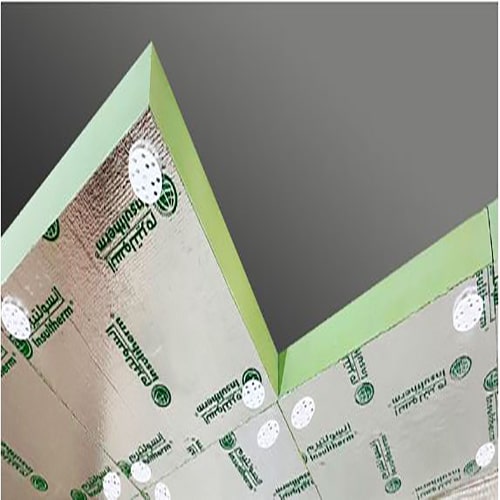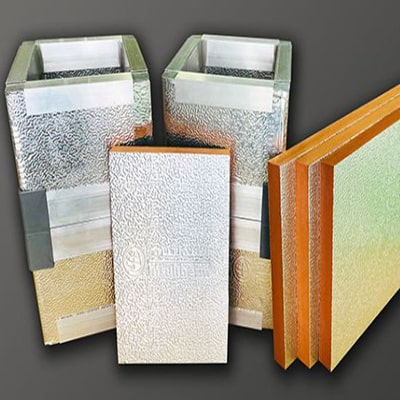 Stand:
Rockal
Stand:
Rockal
Rockal Plus
Description
ROCKAL PLUS is a Plastomeric high-performance, prefabricated, modified bitumen waterproofing membrane consisting of proprietary water-proofing bitumen compound, reinforced with a Non-Woven Polyester Carrier. Description Rockal Plus is a Plastomeric high performance, prefabricated, modified bitumen waterproofing membrane consisting of proprietary waterproofing bitumen compound, reinforced with a Non-Woven Polyester Carrier. Rockal Plus proprietary waterproofing compound is formulated with high-grade bitumen modified with Atactic polypropylene (APP) to increase elasticity and flexibility, and enhanced with an admixture of Thermoplastic materials to gain high heat resistance, good elongation, and low-temperature flexibility. To improve the UV resistance and durability of The Product, the membrane is coated with Mineral Stabilizers. Application Rockal Plus waterproofing membranes are used for a wide variety of applications: Key Features Reinforcement There are several types of reinforcement materials used in bituminous membranes, including: Non- woven Glass fiber Reinforcement: provides tensile strength and dimensional stability Non-woven polyester fabric: provides tensile strength and stability The choice of reinforcement material depends on the specific requirements of the roofing system and the desired properties such as reflectivity, dimensional stability, and resistance to environmental factors. Surface Finish The surface finish of a bituminous membrane refers to the final appearance of the membrane once it has been installed on the roof. The surface finish can have an impact on the overall aesthetic of the roof, as well as its performance. Some common types of surface finishes for bituminous membranes include: Sand finish: a rough, textured surface that helps to increase the coefficient of friction and improve slip resistance, especially (White/Yellow) Granulated finish: a surface that is covered with small, granulated particles, typically made of a durable material such as aluminum oxide. This finish provides a high level of slip resistance and UV stability. Available in colors (Red, Grey, Green) Smooth finish: a smooth surface that provides a sleek, modern appearance, but may have lower slip resistance compared to other finishes. The choice of surface finish depends on the specific requirements of the roofing system, such as the desired level of slip resistance and the type of roof deck. Methods of Installation The installation methods for APP (Atactic Polypropylene) bituminous membrane vary depending on the specific requirements of the roofing system and the type of membrane being used. Some common methods of installation include: Heat-welded seam method: involves heating the overlapped edges of the membrane with a propane torch to create a seamless, watertight bond between the two pieces of membrane. Self-adhesive method: involves removing the release paper from the self-adhesive backing on the membrane and pressing it onto the roof deck. Torch-on method: involves heating the bituminous membrane with a torch and then pressing it onto the roof deck, where it will fuse and adhere to the surface. Mechanically fastened method: involves using special mechanical fasteners to attach the membrane to the roof deck. The choice of installation method will depend on factors such as the type of roof deck, the local building codes and regulations, and the desired level of seam strength and durability. It is recommended to seek the guidance of a professional roofing contractor for the installation of an APP bituminous membrane.Rockal Plus


